Temperate and Tropical
The temperate and tropical seas occupy and extends from the equator to latitudes close to the polar circles, understanding by both the majority of the oceans.
The tropical seas have an average temperature of the surface waters of 25 degrees C, and these warm waters allow the development of the greatest biodiversity in the world.The temperate seas whose temperature has thermal oscillations, reaching 12 degrees of minimal, are distinguished by presenting a very high productivity and of great biological importance due to the annual outbreaks of plankton. They are both resident species as migratory, which move through the temperate seas in search of resources.
Clownfish
Amphiprion ocellaris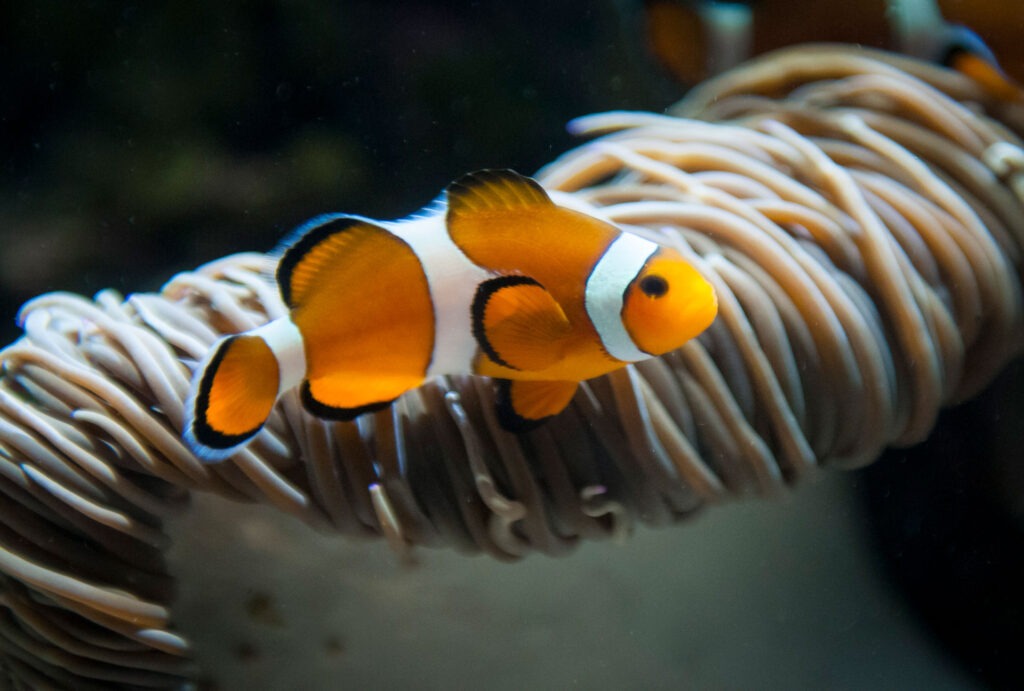
Clownfish (Amphiprion ocellaris), no more than 8 centimeters, is easily recognized by its coloration.
Common seal
Phoca vitulina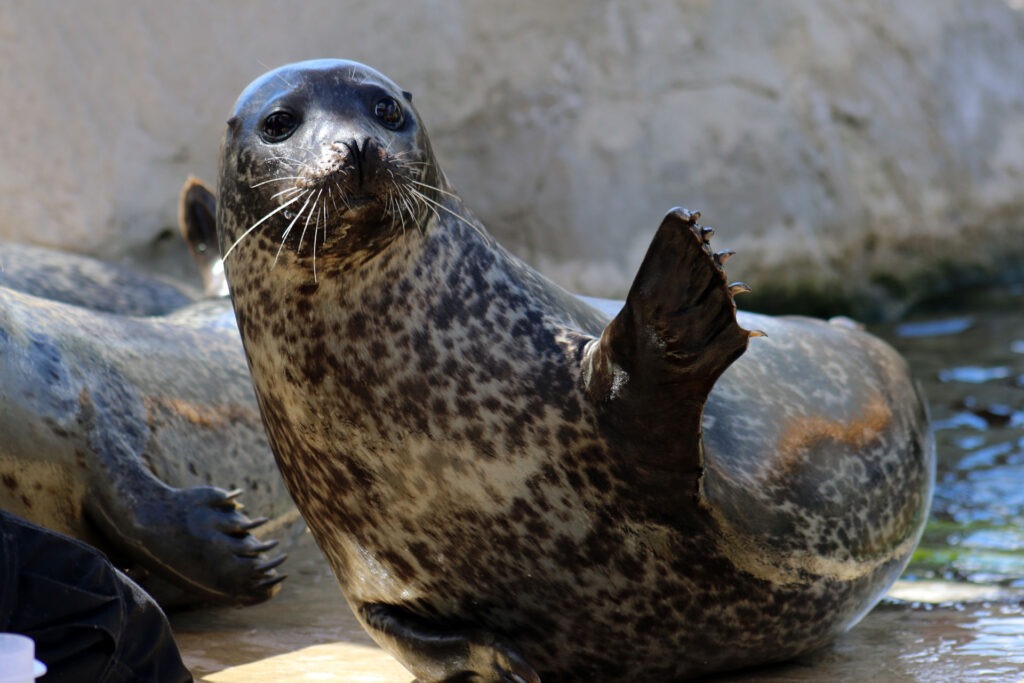
Unlike other seals, this species prefers to inhabit sheltered beaches, bays and estuaries.
Giant Spider Crab
Macrocheira kaempferi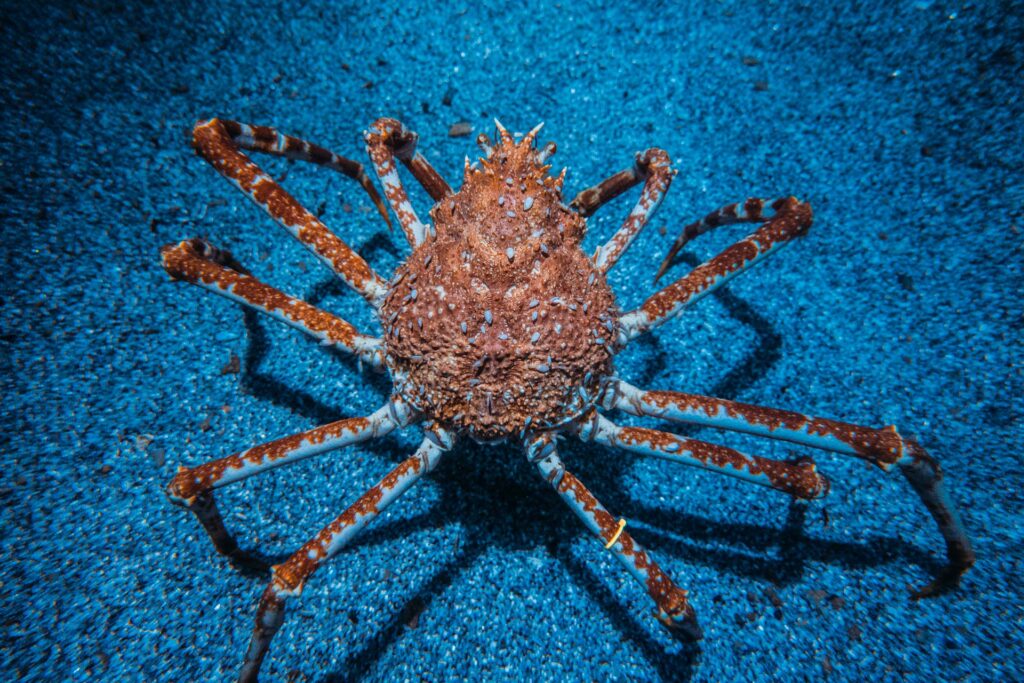
The giant spider crab (Macrocheira kaempferi) is the largest arthropod, by length, that lives in the world.
Green moray eel
Muraena helena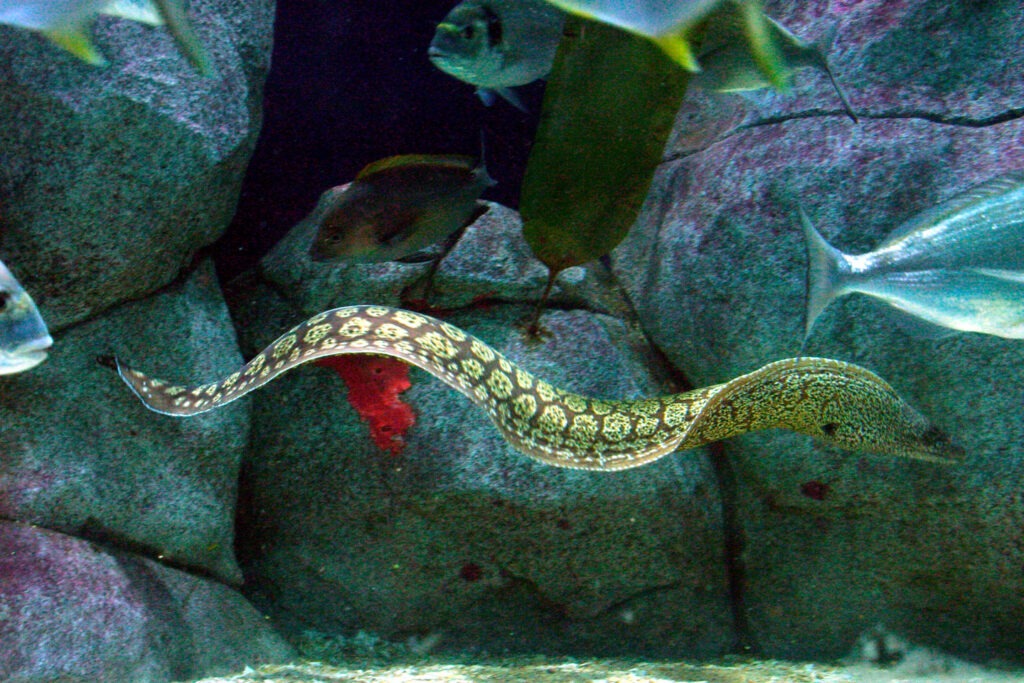
The green moray eel (Muraena helena) is a bony fish belonging to the group of anguiliformes.
Humphead wrasse
Cheilinus undulatus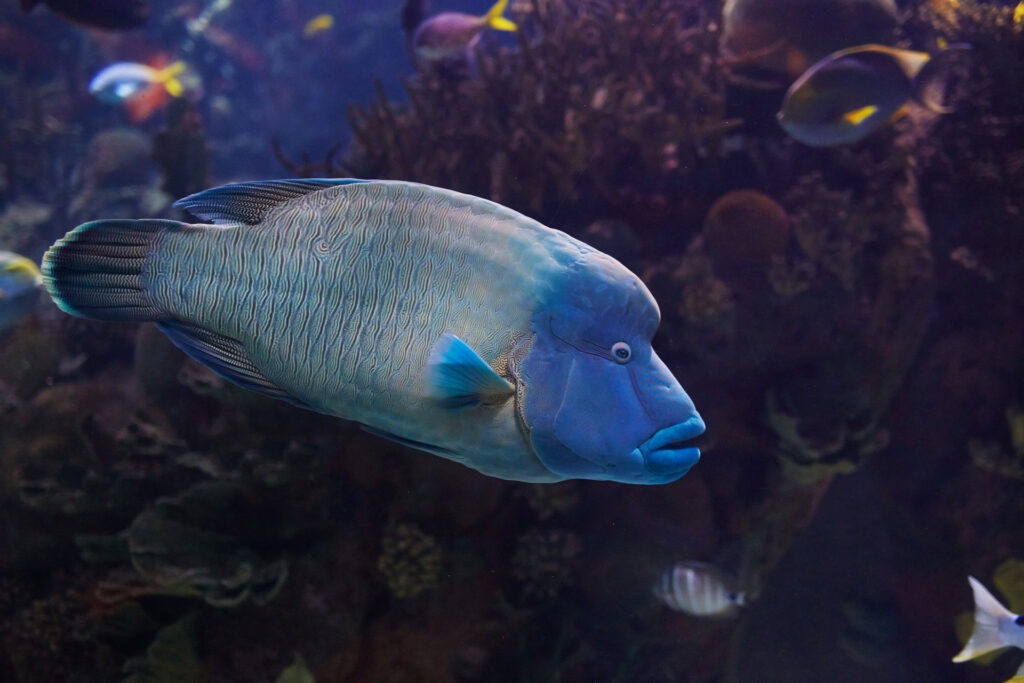
Humphead wrasse, Cheilinus undulatus, can reach 230 cm in length and nearly 200 kg
Palette Surgeonfish
Paracanthurus hepatus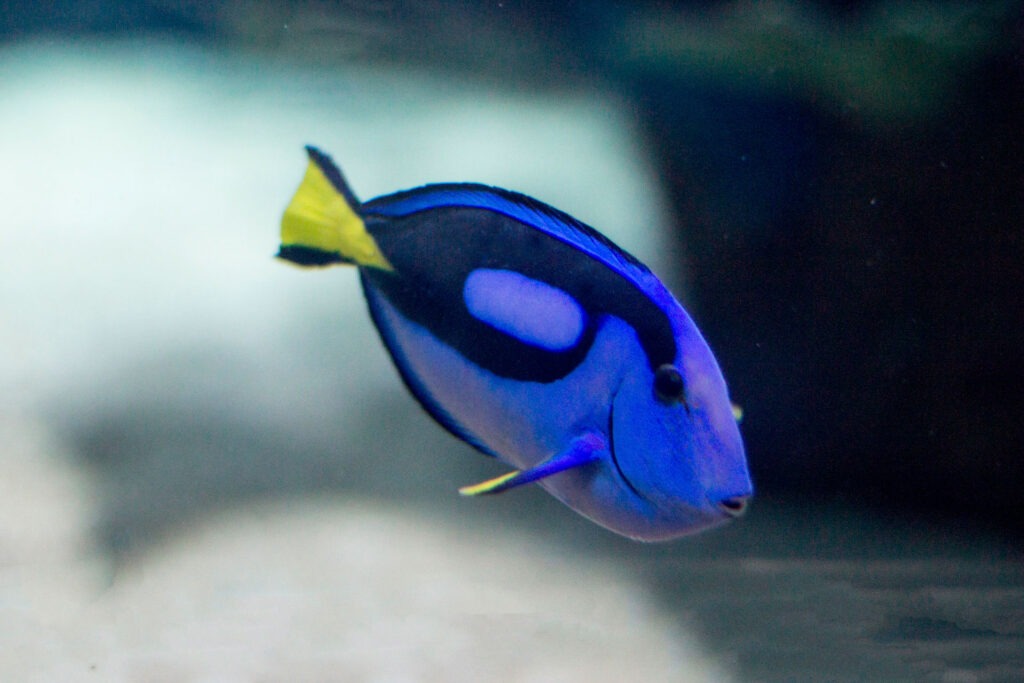
Belonging to the surgeon group, this fish is very popular in home aquariums and rose to fame after its appearance in an animated film.
Puffer fish
Takifugu niphobles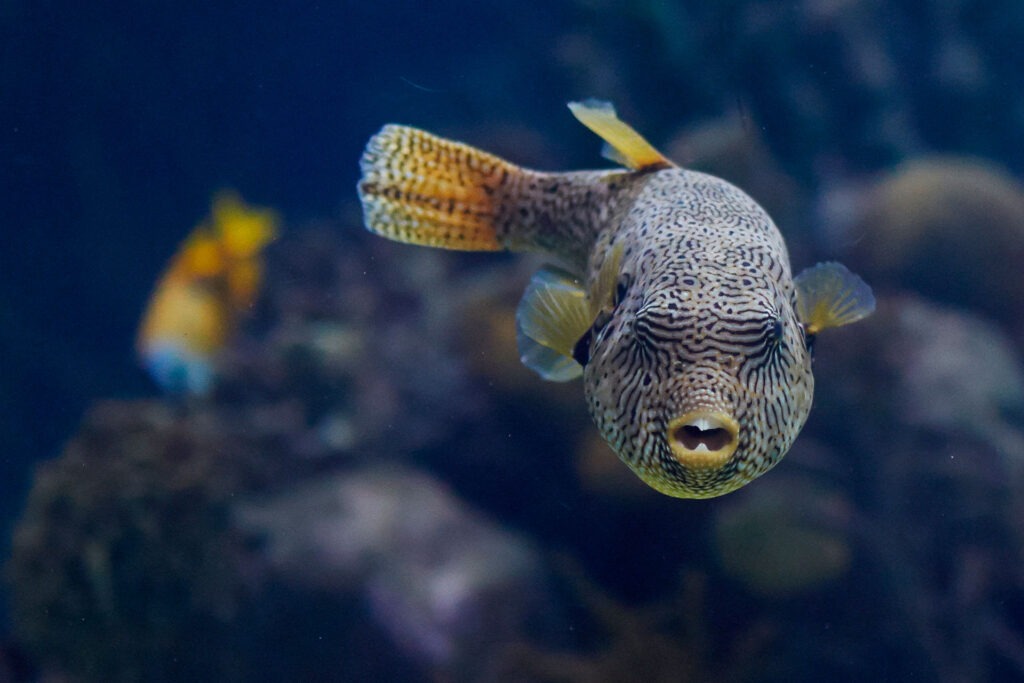
This grass puffer fish of medium size (15 cm) and with the typical form of puffer fish can be observed in the aquarium of the temperate Izu tower.
Sailfin snapper
Symphorichthys spilurus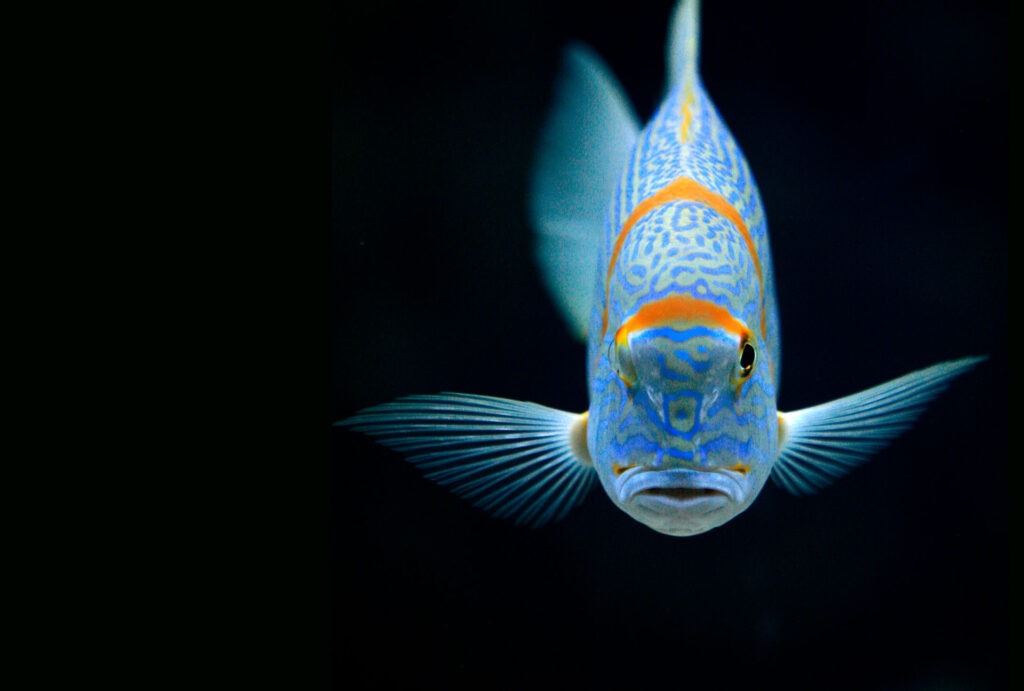
The sailfin snapper is distributed throughout the western tropical Pacific. It has territorial customs, living in areas of coral formations and large sandy areas at a depth of 5 to 60 meters.
Swell Shark
Cephaloscyllium ventriosum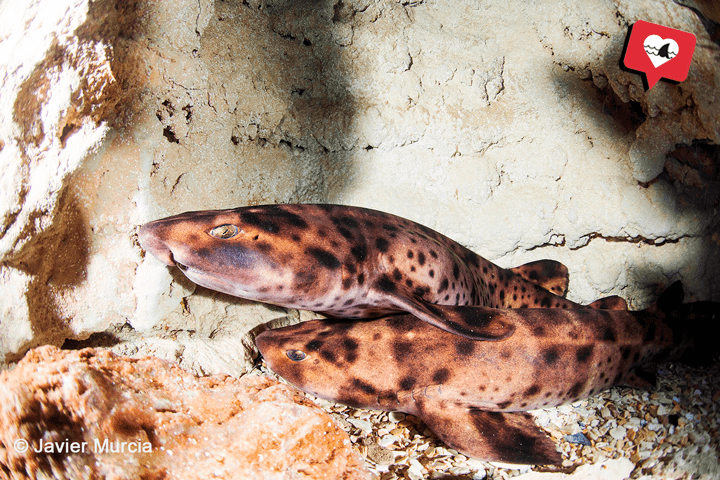
Similar to the bull shark, it can inflate its stomach with air or water.
The Horn Shark
Heterodontus francisci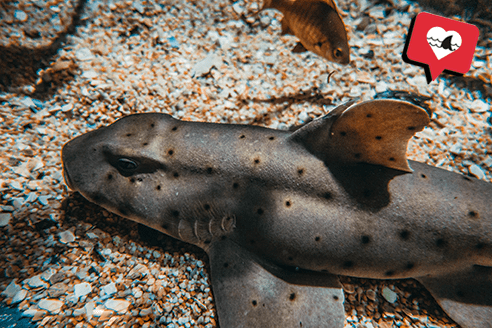
A medium-sized shark (97 cm) that is nocturnal and solitary. Its colouring pattern is similar to the camouflage used by soldiers in arid area.
The Leopard Shark
Triakis semifasciata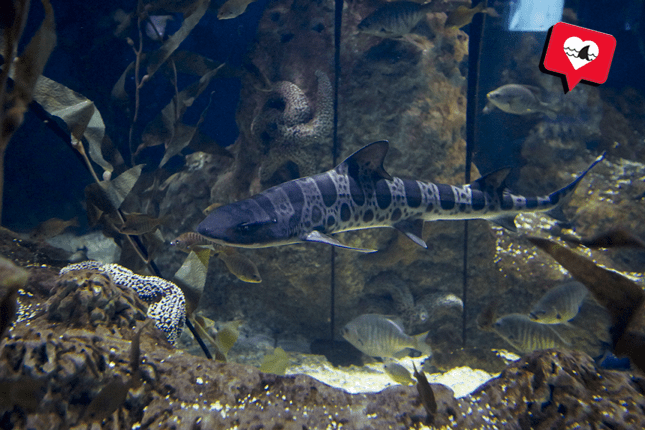
As this species belongs to the same family as small-spotted catsharks and the large-spotted dogfish, its anatomy and colouring pattern are similar.
